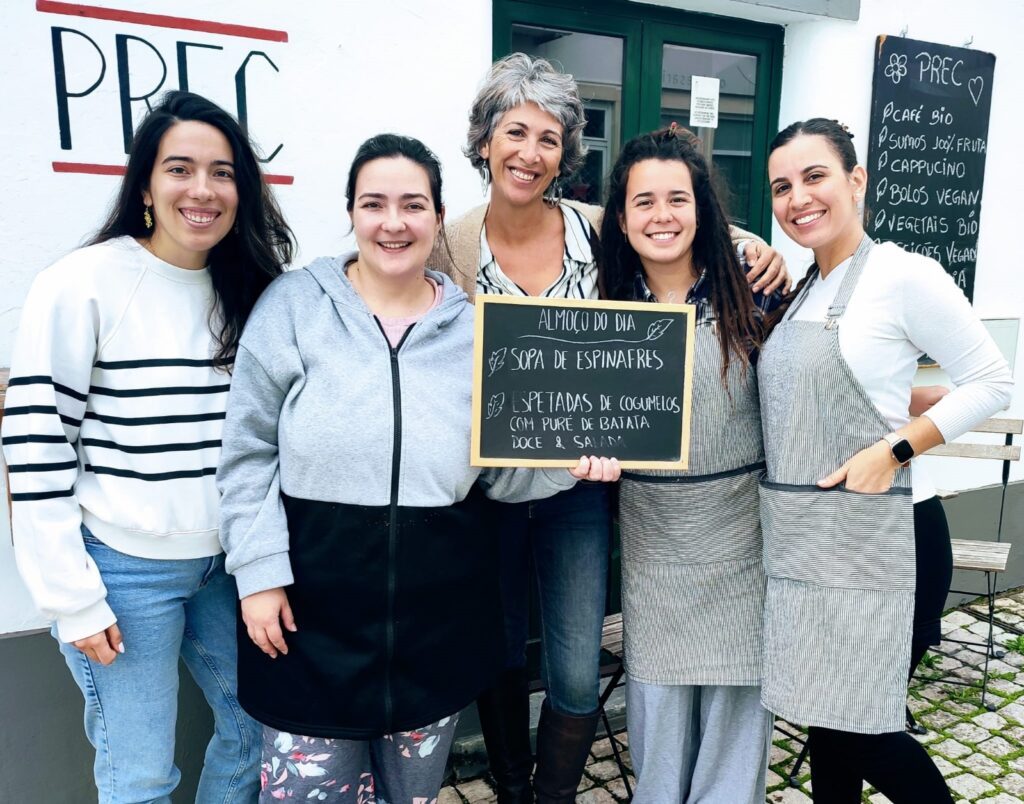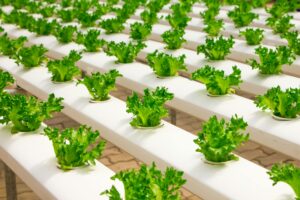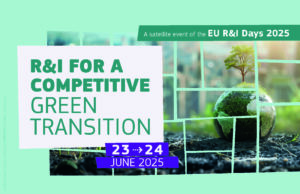One of the four winners of the PRIMA Award for Women Greening Food Systems, Marta Cortegano is leading the fight against desertification in Portugal’s semi-arid landscapes. As part of our series spotlighting these inspiring women, we asked her three key questions to learn more about her vision and impact.
Across the Mediterranean, women are transforming food systems for a more sustainable future. Among them is Marta, a forestry engineer and co-founder of Associação Terra Sintrópica. Her initiative, BLOOM – Building Lives of Optimism and Opportunities for Women in the Semi-arid through Regeneration, is reversing land abandonment and environmental degradation in Mértola, one of Europe’s driest and most depopulated regions.
By fostering collaborative governance and agroecological practices, Marta and her team are not only restoring the land but also strengthening the communities that depend on it. At the heart of her vision is care—for the soil, for the people, and for the future.

⬇️ Three questions for Marta Cortegano…
What inspired you to launch BLOOM?
My family migrated from Alentejo to Lisbon in search of a better life, convinced that Alentejo was a region of scarcity. When I look at this region—forgotten for many years—I see a hidden richness and abundance in its people and landscape that urgently needs to be valued. This can be achieved through inspiration, technical solutions, and, above all, a paradigm shift in how we collaborate with both people and nature. The work of Terra Sintrópica and Mértola as a Future Lab, initiated by committed women, proves that it is possible to create a movement that drives these changes from the local to the regional level.
How does community participation and collaborative governance play a role in the success of your initiative?
From production to consumption, Terra Sintrópica has been implementing collaborative governance models that enable community capacity-building and awareness-raising, fostering the transfer of knowledge and best practices. These efforts align with the local agroecological transition strategy. Through activities in schools—engaging children, parents, and elders—collaborations with research centers, partnerships with farmers and consumers, and cooperation with social stakeholders and local authorities, we have developed a collaborative governance system. This system is highly intuitive and built on a foundation of trust, responsibility, and care—for people and for the Earth.
In your view, how can agroecology help transform semi-arid regions like Mértola into more sustainable and thriving areas?
Agroecology enables us to produce food while respecting the ecological processes, functions, and services of the ecosystem. This knowledge is fundamental if we want to secure the planet’s long-term capacity to produce food in both quality and quantity while ensuring access to water and other essential ecosystem services. This challenge is especially critical in semi-arid regions.
In our case, successional agroforestry, syntropic agriculture, and regenerative agriculture are considered promising technical solutions that warrant greater attention from the scientific community. However, agroecology is not just about how we produce—it is about how the entire food system is organized. That is why Terra Sintrópica works on food system transformation and agroecological transition from field to plate, developing alternative community-based relationships throughout the food system, all centered on care as the fundamental value to be cultivated.




